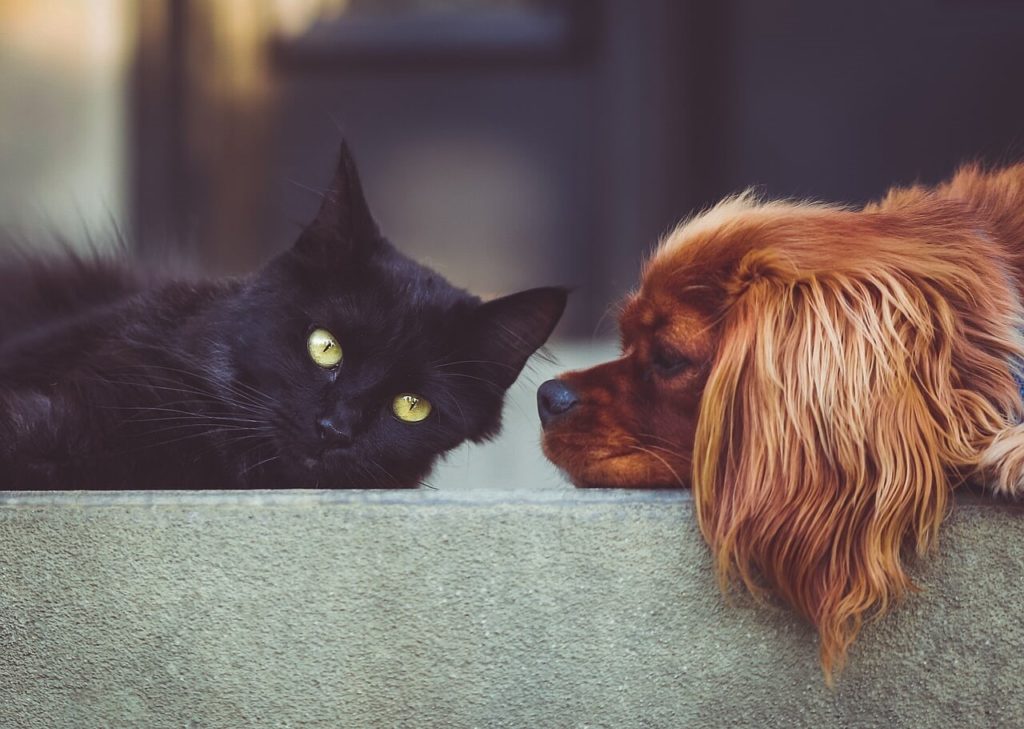Course Info
The vast majority of dog and cat owners are naturally anthropomorphic. That is, they interpret the likely motivation and accompanying feelings, such as happiness or sadness which drive a particular aspect of their pet’s behaviour, as if their pets were human.
Beyond the general beliefs about their behaviour, just how much do we really know about the mysterious inner workings of the mammalian mind?
This course is ideal for anyone who wants to take their understanding of the mammalian brain and behaviour a stage further. ThinkBehaviour presents the facts in an accessible, jargon-free style that will help you unlock the mysteries of the inner workings of the animal mind.

There are 2 options for this course:
1. The standard fifteen-month course with a pre-set release date for each unit and assignment due dates. This option gives you the chance to connect with other students in your group.
2. Do It In Your Own Time (DIIYOT) which has no pre-set assignment dates, new units are released when your assignment for the previous one is received. The maximum time allowed for completion is 27 months.
Certificates are awarded on the successful completion of the course.
ThinkBehaviour courses start January, March, May, July, September and November each year.
ThinkBehaviour DIIYOT course enables you to start whenever you’re ready.

What the student will learn
- The inner workings of the mammalian mind. ThinkBehaviour introduces students to mammalian neurophysiology and animal cognition through modern research conducted into this fascinating subject.
Course Content
- Unit 1
-
- What is Psychology Part 1?
- Brief introduction to Anatomy.
- Structure of the Nervous System.
- Introduction to the Brain.
- Unit 2
-
- What is Psychology Part 2?
- Types of learning.
- Classical and Operant Conditioning.
- Unit 3
-
- Everything about memory.
- Unit 4
-
- Reproductive psychology.
- Maternal behaviour.
- Developmental biology of gender.
- Nature/nurture or both?
- Critical and sensitive periods.
- Stages of development in children.
- Stages of development in puppies.
- Cognitive decline in humans, dogs and cats.
- Unit 5
-
- Vision.
- Hearing.
- Taste.
- Somatosenses.
- Communication and language in humans and animals.
- Unit 6
-
- Thinking in non-human animals.
- Intelligence in non-human animals.
- Consciousness and emotions
- Unit 7
-
Design a research-based project of your own choice to demonstrate your understanding of the animal mind.



